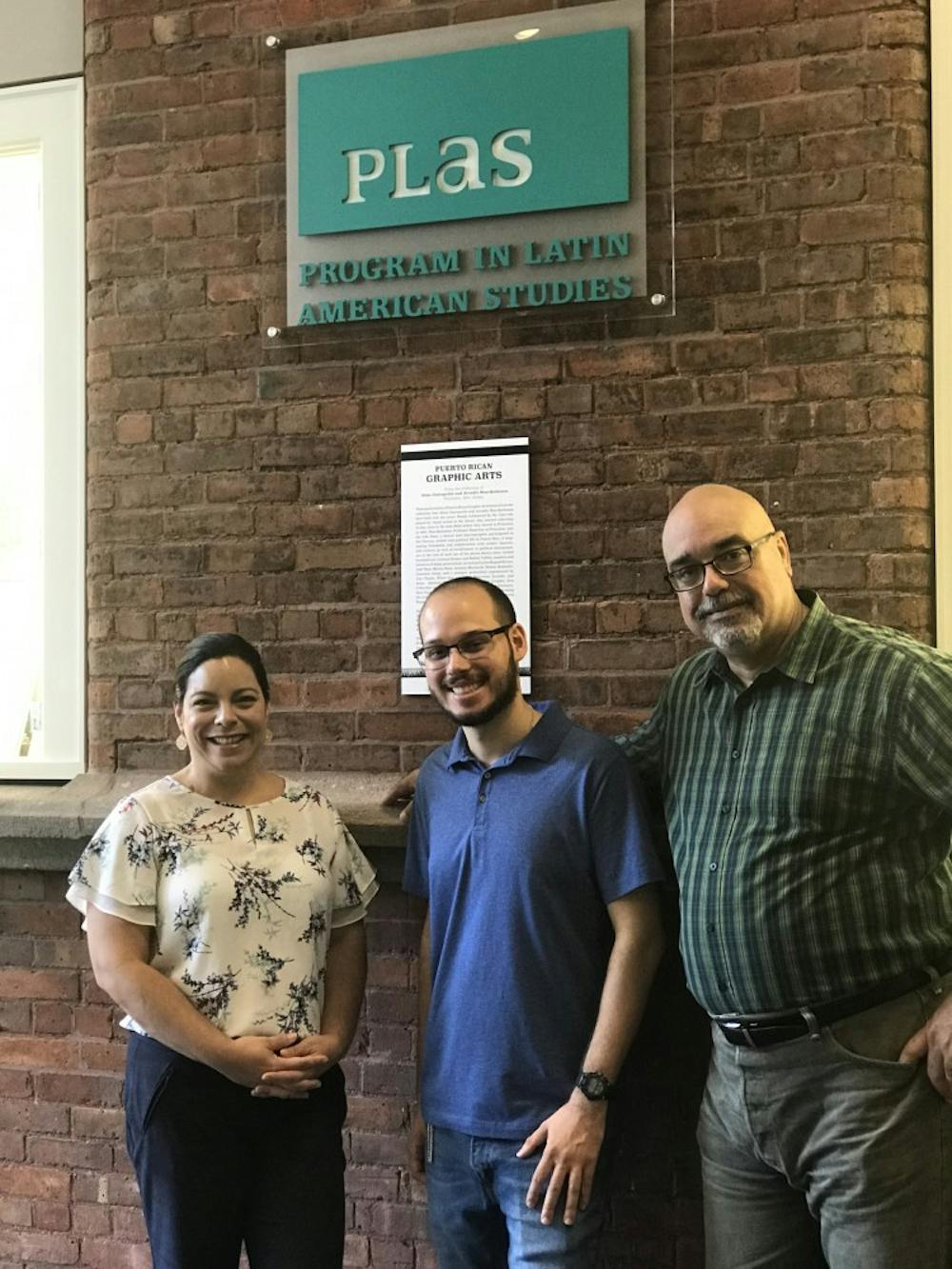From July 9 to Sep. 1, the University will be hosting 13 scholars through the Visiting Scholars and Artists from Puerto Rico program. The program provides a space for researchers affected by the devastation of Hurricane Maria to advance their work. They will be provided with office space, access to library and scholarly resources, a stipend for living expenses and off-campus housing, and opportunities to interact with colleagues. The program is sponsored by the Program in Latin American Studies and the Office of the Provost and is endorsed by the Princeton Task Force on Puerto Rico.
The visiting fellows’ independent projects range from researching the intersections of migration and contemporary art to analyzing interviews with policy makers about energy use. Some projects respond directly to the repercussions of Hurricane Maria, while others explore long-term interests in grief and memory.
A call to action
Thinking that the University had not responded strongly enough to the devastation in Puerto Rico, Emeritus Professor of Spanish and Portuguese and former PLAS director Arcadio Díaz-Quiñones mobilized faculty from PLAS, the Spanish and Portuguese department, and others to respond. In late fall of 2017, they sent a letter to the Office of the Provost, which led directly to the formation of the Princeton Task Force on Puerto Rico.
Díaz-Quiñones organized two symposia during the 2017–18 academic year, but wanted to do more.
The Princeton Task Force on Puerto Rico, which includes faculty from the departments of Anthropology, History, Spanish and Portuguese, Latin American Studies, and English, as well as representatives from the PACE Center and Office of the Provost, worked to create a program that would bring Puerto Ricans in need to campus. The group wanted to dig deep and make a meaningful impact in the lives of researchers.
“What can we do that really helps people, scholars, artists, and students in the island?” PLAS director Maria Gabriela Nouzeilles said, explaining the motivations behind the initiative.
In spring 2018, PLAS and the Princeton Task Force on Puerto Rico called for applications from the University of Puerto Rico. They also reached out for applicants through digital research journals. They received approximately 70 applications total. Applications were evaluated based on both how much help was needed and how much help the University could provide.

Diverse research post-Maria
Of the 13 accepted fellows, eight have already settled into their offices on the third floor of Aaron Burr Hall. The rest will arrive later this summer.
Many fellows are faculty from UPR.

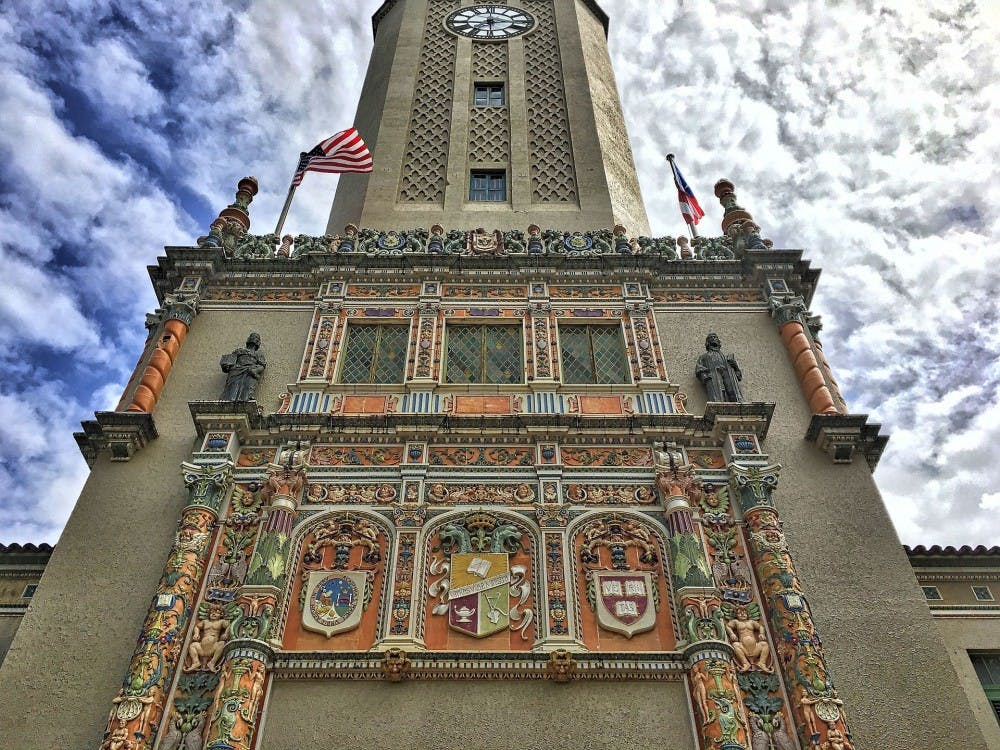
Érika Fontánez-Torres, a professor at the UPR law school, arrived on July 9. She studies conceptual and practical implications of property in Puerto Rico. At UPR, Fontánez-Torres taught a seminar where law students interacted closely with people affected by housing crises. They talked to people harmed by foreclosures and evictions, and those who lacked official property deeds.
“Who owns the property? What is the distribution of property? How is it that the majority of Puerto Ricans are in this crisis? I’m trying to understand,” Fontánez-Torres said.
Fontánez-Torres said housing problems in Puerto Rico were exacerbated by the destruction of Hurricane Maria. The concept of property ownership was radically changed when thousands lost their homes and faced barriers to receiving emergency aid, she said.
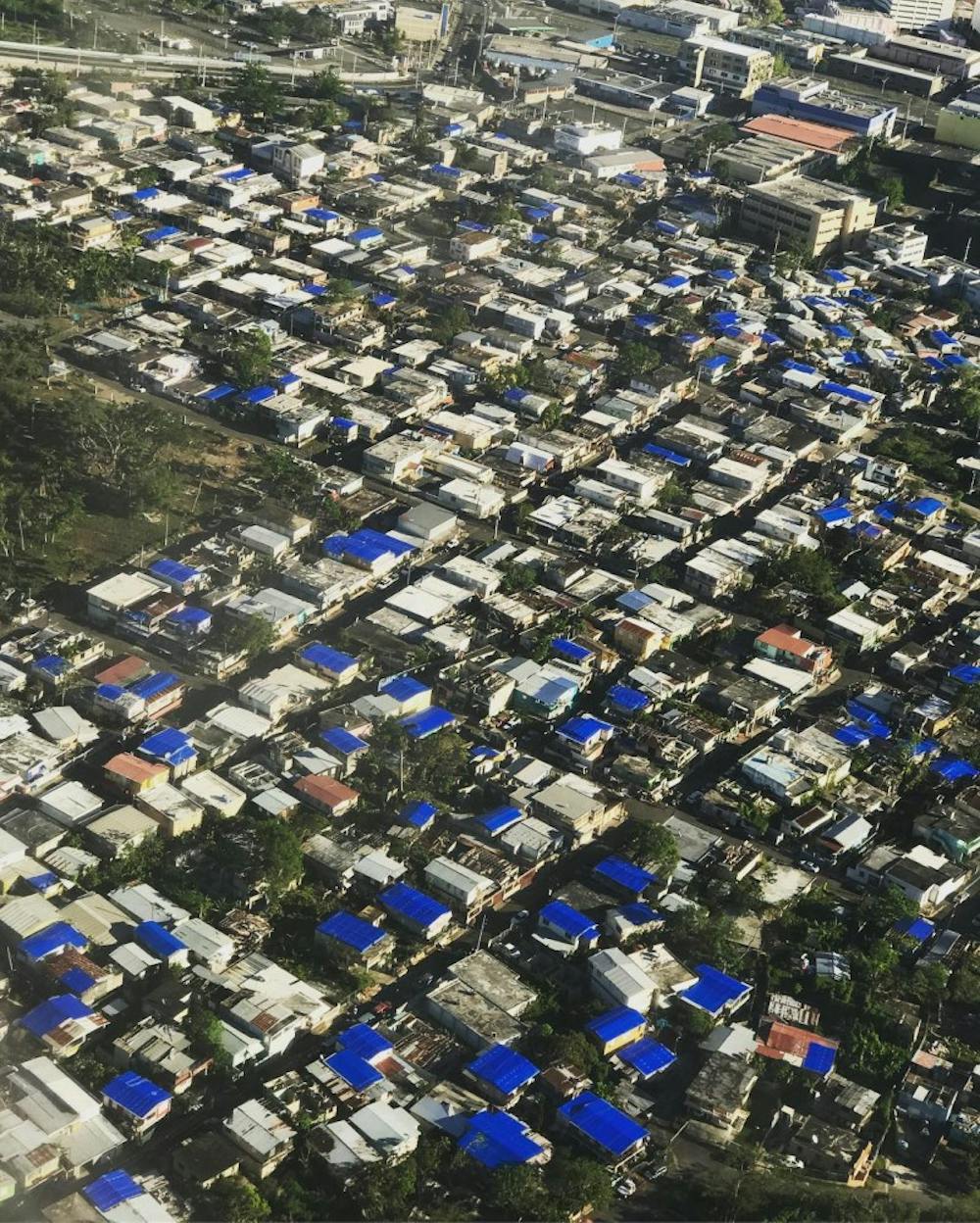
Now, Fontánez-Torres hopes she can use VISAPUR to increase awareness and empower the Puerto Rican public to remedy its deep-seeded housing problems.
Jorge Lizardi-Pollock, a professor at the UPR School of Architecture, arrived on July 15. He will research how writers respond to disasters and how countries handle the destruction of places of memory and heritage.
“It’s so difficult to represent what happens after [disasters],” Lizardi-Pollock said.
Hurricane Maria destroyed old buildings in southern Puerto Rico that were a key part of Puerto Rico’s heritage, he said. The buildings were hit hard by the storm and flooding, and there was no money and resources to conserve or rebuild them.
Lizardi-Pollock is interested in how buildings contribute to people’s lives on a personal and individual level.
“It’s important for the identity of the people, for the sense of belonging,” he said. “Architectural heritage should be for all. It should be for my son, for my grandsons, for other generations. Identity always needs a reference to a place.”
Associate professor of political science Cecilio Ortiz García, sociology professor Marla Pérez Lugo, and undergraduate history student Javier A. Nieves Torres — all from UPR-Mayaguez — also arrived on July 15. They are working on projects that integrate politics, sociology, and history with energy.
They are analyzing over 30 pre-Maria interviews with key policymakers in Puerto Rico to understand their perspectives on issues of energy and the environment. Within sociology, they are considering household surveys and other data documenting how communities use shared resources as a model for shared energy infrastructure. In the field of history, Nieves Torres is creating a timeline of energy transitions and usage on the island.
“We’re looking at past energy transitions and their purposes so that we don’t repeat the same mistakes,” Nieves Torres said.
Ortiz García and Pérez Lugo have worked on issues of energy for years. In 2015, they co-founded UPR’s National Institute of Energy and Island Sustainability, which takes an interdisciplinary approach to understanding not only the science of energy but also the human impacts of it.
“Electrical systems are not only physical or technological, they are also social,” Ortiz García said. “They are tools that society uses to achieve goals.”
The three scholars aim to model sustainable energy markets and the relationship between producers and consumers, and energy and social decisions.
Pérez Lugo said Hurricane Maria brought a new legitimacy to their work. Power outages caused by the disaster led to shortages of water and food, affecting vulnerable populations like the sick and elderly.
“Electricity means water supply. Electricity means food. Electricity means the difference between surviving and not surviving,” Pérez Lugo said. “Electricity and access to energy is not just a technological thing, it’s a political thing, it’s a sociological thing, it’s a psychological thing, it’s a physiological thing.”
Puerto Rico, which had a centralized system of energy in the past, is moving to more community-based, sustainable forms, which may be more robust in the face of disasters like Maria. The University’s own microgrid system, which was key after Superstorm Sandy, serves as a model that they hope to learn from, Ortiz García said.
Alfonso Fuentes, an associate professor at the Conservatory of Music of Puerto Rico and an internationally known composer and musician, arrived on July 22. He plans to work on the orchestration of the first movement of his clarinet concerto, titled Oda para los árboles caídos (Ode for the Fallen Trees). He began the concerto in 2016 but revised it immediately following Hurricane Maria in October of 2017.
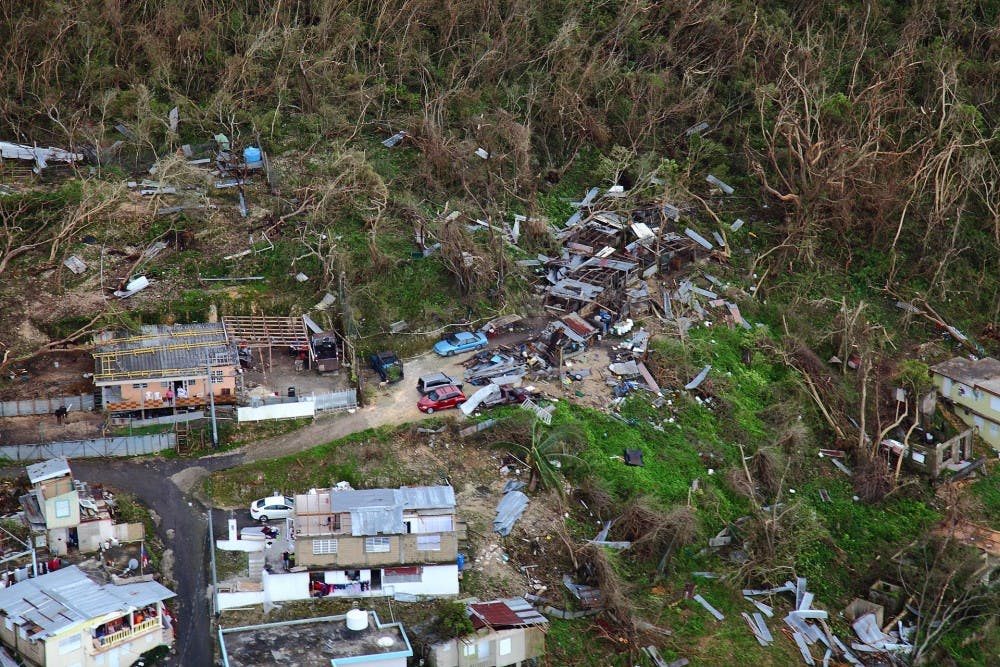
“I created a new draft, because my emotions had dramatically altered,” Fuentes wrote in a statement.
In the statement, Fuentes explained that his composition was inspired by the destruction of the crisis. One movement is about the trees that were mutilated by the storm, but slowly regained strength. Like the idea of a fallen tree growing back to life, the entire piece is about hope, said Fuentes.
Laura Bravo López, an art history professor at UPR-Río Piedras, will arrive on Aug. 5 along with Donald Escudero Rivera, a master’s degree candidate. Bravo López and Escudero Rivera will research how migration is represented in Puerto Rican contemporary art. Bravo Lopez helped to curate the exhibition Ida y Vuelta (Round Trip) at the Museum of History, Anthropology and Art at the Río Piedras campus. The exhibition explored migration through painting, photography, and other installations. After the exhibition closed and Hurricane Maria struck, however, she felt that the relationship to migration changed.
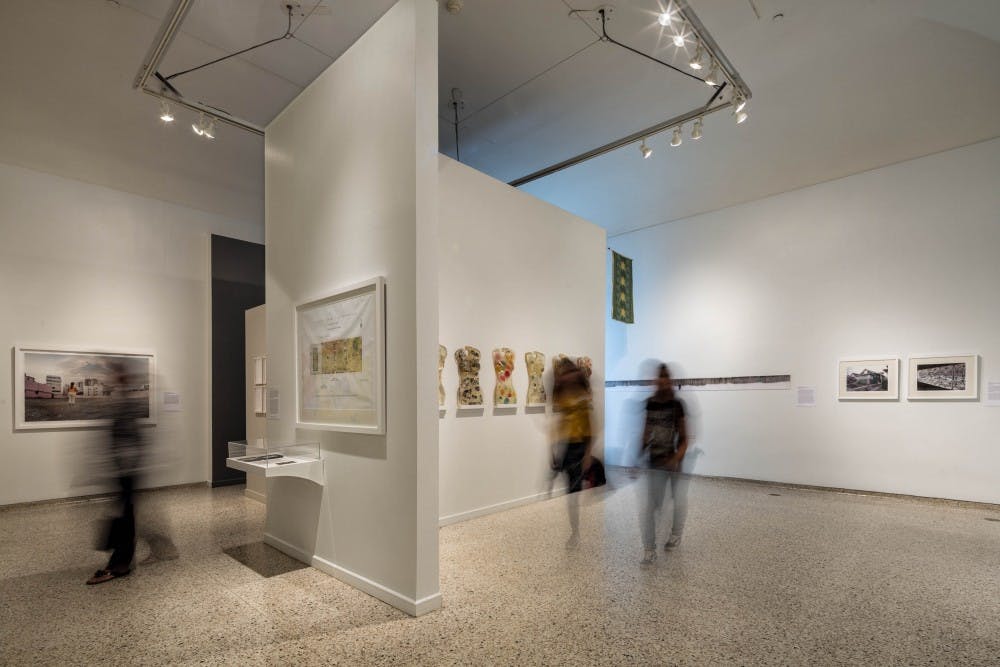
“Days after, a displacement crisis from Puerto Rico to the United States reached unprecedented high levels, and I found that our research needs an update,” Bravo López wrote in a statement.
“Puerto Rican artists are representing their experiences with profound sensitivity and conceptual strength, and migration has been one of the most dramatic consequences of the passage of Hurricane Maria,” she wrote.
Jose Caraballo-Cueto, an assistant professor at the Institute for Interdisciplinary Research at the UPR-Cayey, arrived on July 22. He hopes to resume a project examining racial disparities in health outcomes in Puerto Rico.
Herminio Rodríguez, a professional photographer and professor in the communication department of Inter American University of Puerto Rico, will arrive on Aug. 5. He plans to continue choosing, organizing, and editing 30,000-plus photographs from an 18-year project documenting las Fiestas de Santiago (St. James Festivities) in Loíza, Puerto Rico.
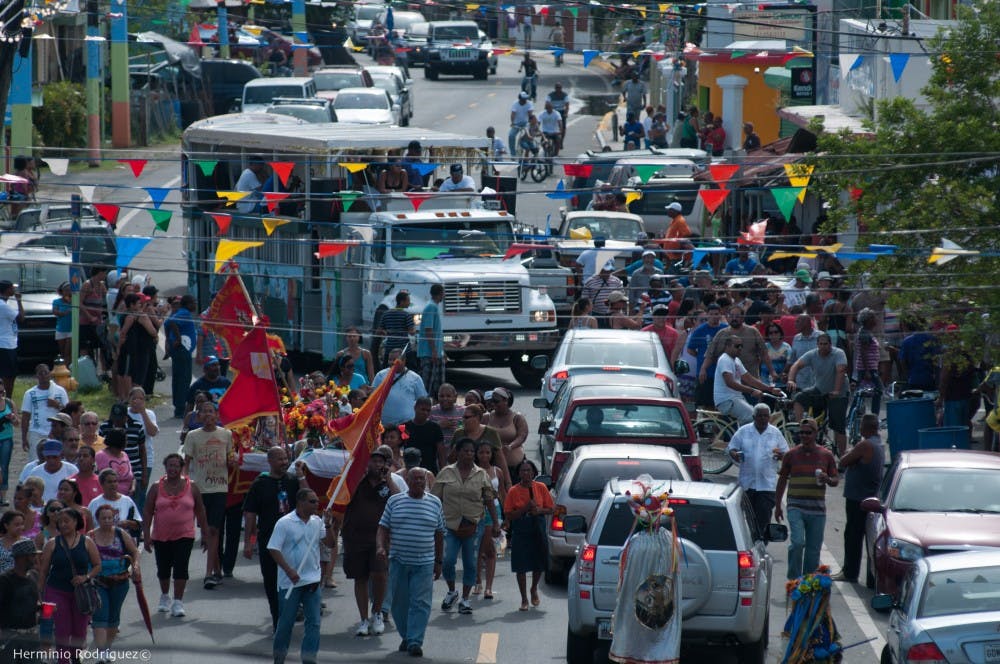
Every July, residents of Loíza don colorful costumes and march in processions as part of a celebration of Santiago, one of the city’s patron saints. Rodríguez hopes to gain insight on this tradition by also visiting the Loiceña community in El Barrio in New York, which hosts a similar celebration.
“This encounter will help me to demonstrate how, during the immigration process, the cultural traditions and heritage are one of the most important things they carried and use to surpass and survive despite being far from their homeland,” Rodríguez wrote in a statement.
Rodríguez also expressed that although the hurricane ripped Puerto Rico apart, communities would find ways to heal through long-held traditions. People will use the festival to overcome their struggles from the hurricane, just as they have used it to surpass social and racial threats in the past, he wrote. He hopes to capture that energy of faith and survival in his photography.
PLAS also hopes to help facilitate conversations between the fellows and University faculty by hosting two workshops with research talks.
Manuel Clavell Carrasquillo, Errol L. Montes-Pizzaro, and Nibia Pastrana Santiago did not respond to a request for comment.
Resilience in the face of disaster
Disruptions in the wake of Hurricane Maria made it difficult for many scholars and artists to continue their work. In addition to the physical damage of offices and studios, fellows had to deal with lack of connectivity — both in person and through the internet. Transportation issues made it difficult to meet with colleagues. Power shortages prevented online access and computer use. The fellows said it could feel impossible to focus on academic research and advancement in the midst of such tragedy and destruction.
UPR was severely impacted. In the wake of Maria, UPR suspended classes for five weeks. To make up for the delay, students and teachers had a nearly nonstop schedule until the regularly scheduled end-of-term date in June. The length of classes and lectures was extended, and classes were held on weekend and holidays.
“At the end, we were exhausted. There was no strength anymore to continue,” Fontánez-Torres said.

Dorms, libraries, and other buildings at UPR were damaged, and floodwaters destroyed books and historical documents. Lizardi-Pollock recounted that he had to hammer a hole in the wall of his office to drain out water.
Still, the fellows were impressed with the community’s resilience and students’ willingness to help. When UPR called for assistance in moving 30,000 books from the library to safety, thousands pitched in.
“Most of our students have gone through heartbreaking experiences, but it is also moving to be the witness of their efforts and achievements in these serious circumstances. Our university has gone through a life-changing experience, but there is a sense of community that remains strong,” Bravo López wrote.
Ortiz García said he believes that universities can learn from the communities surrounding them.
“Communities were very resilient. Organizing themselves, opening roads, cleaning debris, finding new and innovative ways of getting water,” he said. “We don’t see communities as static repositories, but active participants in resilience-seeking activities.”
Lessons for Princeton and Puerto Rico
Nouzeilles said she hopes that the VISAPUR program will provide relief to scholars and artists and encourage exploration and forms of collaboration.
“We want to explore formal and informal forms of collaboration, exchange of information, teaching projects,” Nouzeilles said. She hopes also to establish connections for future visits to the island for volunteer work, research, and outreach.
The fellows said their time here will allow them to go back to Puerto Rico feeling recharged.
“We are looking to access documents, pictures, videos that we can use,” Nieves Torres said. “But also, fresh air — take some space away from Puerto Rico and see how things are going so we can go back into it.”
“Being here gives me the time, the resources, in order to go back to Puerto Rico,” Fontánez-Torres said.
The fellows also hope to contribute their unique insights and knowledge to the University community. For example, Pérez Lugo said people reacted with surprise when she talked about combining the social sciences and energy. She knows that all of the scholars will be bringing critical new perspectives to the University.
Nouzeilles agrees.
“This is like the spark, and we have to see what happens,” Nouzeilles said.





